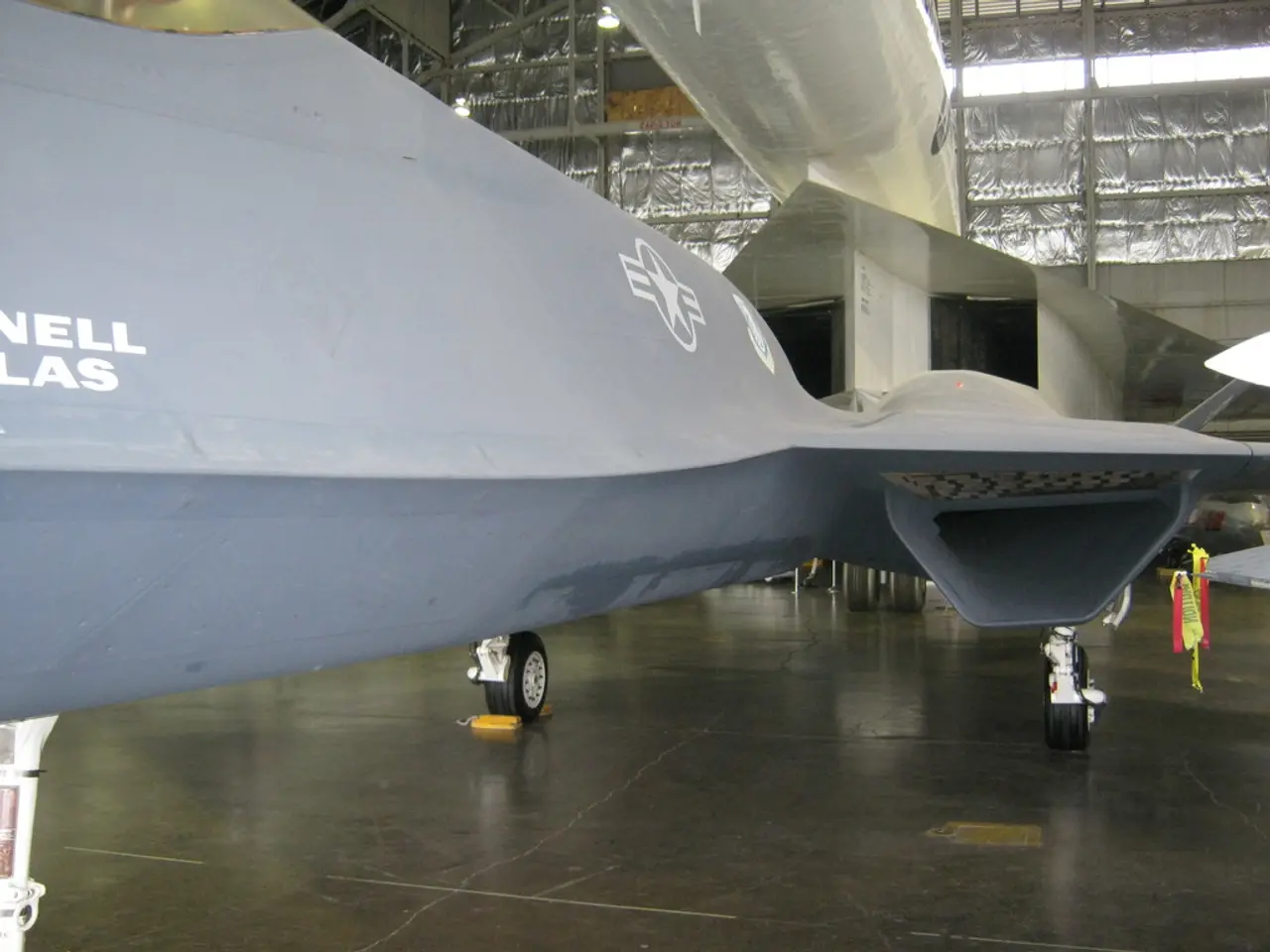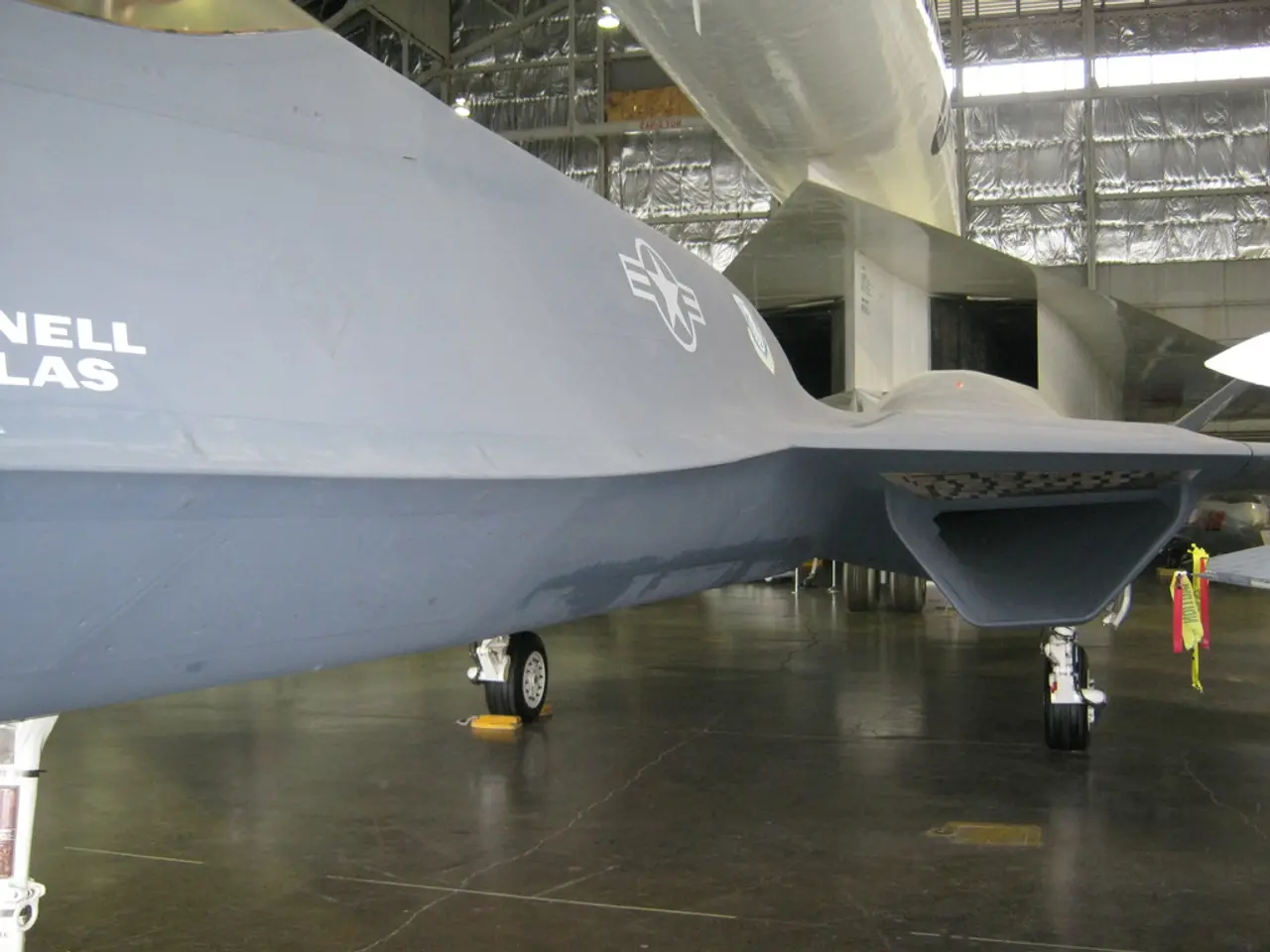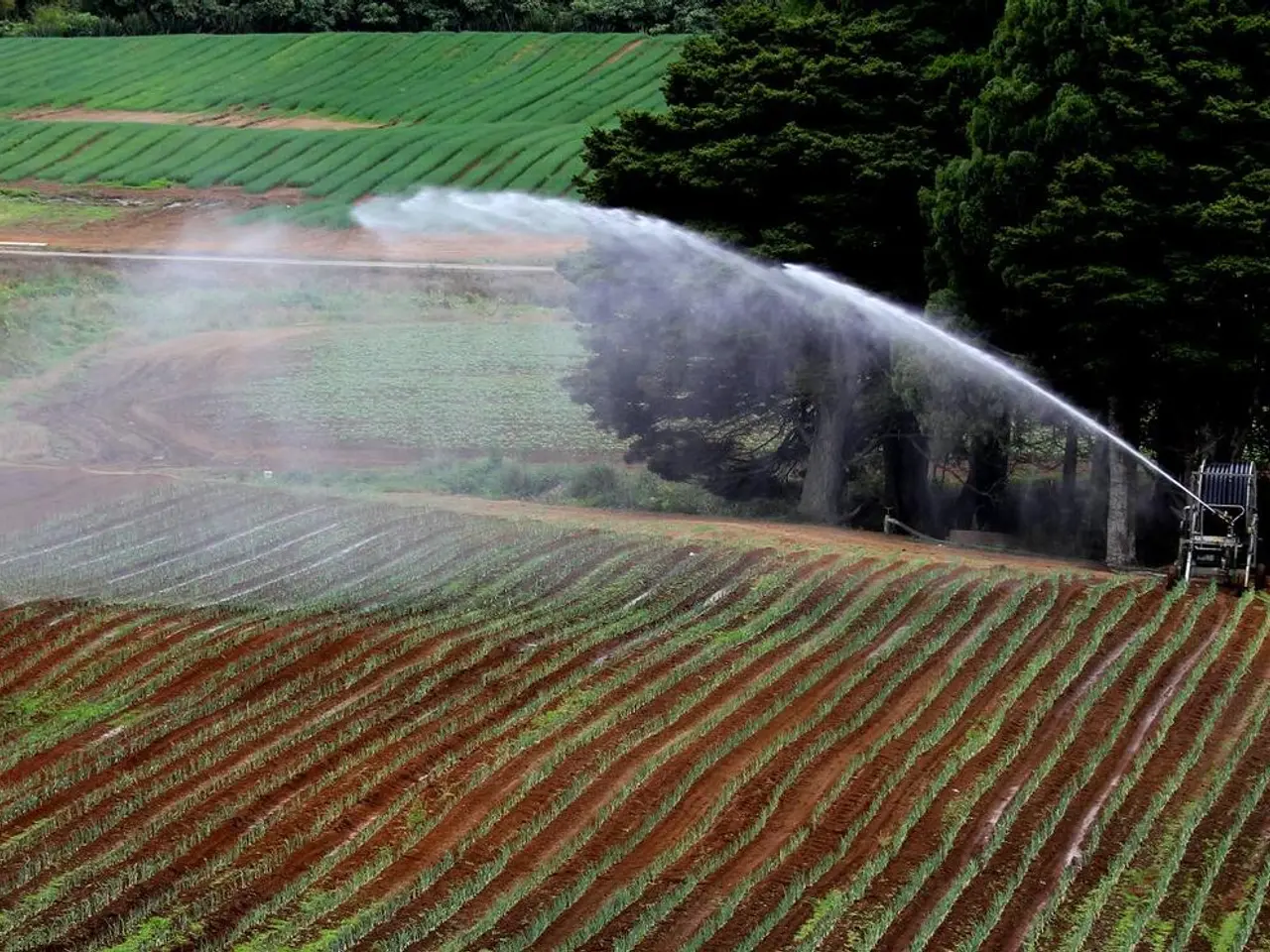Aircraft repair duties at Air India will no longer be outsourced following the fatal accident at Ahmedabad.
In the aftermath of the tragic crash of AI171 in June 2022, Air India, the national carrier of India, has taken a transformative approach to rebuild trust, improve safety, and modernize operations. The airline is significantly revising its aircraft maintenance strategy, aiming to boost fleet reliability, minimize operational disruptions, and restore passenger confidence.
One of the key developments is the decision to bring maintenance functions closer to home. Air India is phasing in pre-flight checks, daily inspections, and minor troubleshooting work internally, with technical and expertise support from its shareholder, Singapore Airlines (SIA). This move is a significant departure from years of outsourcing to Air India Engineering Services Ltd. (AIESL).
The national carrier is leveraging SIA’s industry best practices and technical expertise to upgrade its maintenance processes and improve operational efficiency and reliability. Beyond maintenance shifting, Air India is also collaborating with SIA to ensure world-class reliability and safety.
In terms of fleet modernization, Air India has initiated extensive retrofit programmes for its legacy fleet. For instance, avionics and critical systems are being upgraded for 26 Boeing 787-8 aircraft to meet the latest industry standards. The retrofit is scheduled for completion by June 2027. Similarly, for its 27 A320neo narrowbody aircraft, cabin and technical upgrades are progressing as planned, with completion expected by September 2025. The airline also plans to retrofit 13 legacy Boeing 777-300ER aircraft starting early 2027.
These steps aim to improve fleet reliability, minimize operational disruptions, and enhance both safety standards and customer experience. The strategy reflects a transformative approach post-accident, combining in-house technical strengthening, international collaboration, and modernization of the existing fleet to align with global aviation safety standards.
The current Maintenance, Repair, and Overhaul (MRO) capacity in India is not equipped to support the scale of Air India's growing fleet, which now includes over 300 aircraft across its full-service and low-cost arms. To address this, Air India plans to invest in building robust MRO capabilities and capacity within the country to ensure world-class reliability and safety.
The crash of Flight AI171 has pushed Air India into a reset, as the margin for error in India's growing aviation sector has never been slimmer. The disruptions and limited passenger communication that followed have dented confidence in Air India and Air India Express. However, with these strategic moves, Air India is taking concrete steps towards restoring reliability and trust in its operations.
- In an effort to restore passenger confidence, Air India is collaborating with its shareholder, Singapore Airlines (SIA), to bring maintenance functions in-house, leveraging SIA's industry best practices and technical expertise.
- To ensure world-class reliability and safety for its expanding fleet, Air India plans to invest in building robust Maintenance, Repair, and Overhaul (MRO) capabilities and capacity within India.
- Beyond enhancing fleet reliability, Air India is also modernizing its aircraft, with extensive retrofit programs planned for various Boeing and Airbus models, aiming to meet the latest industry standards.






